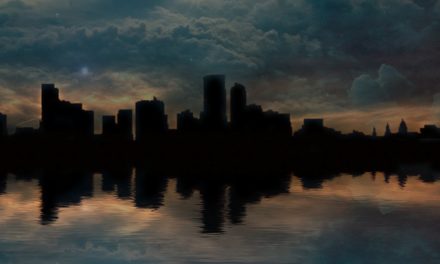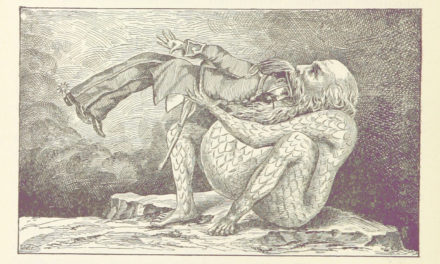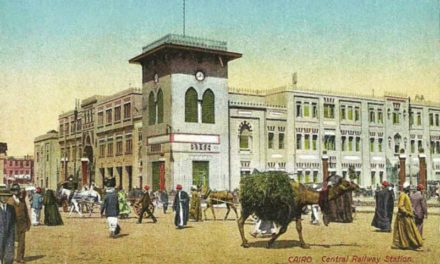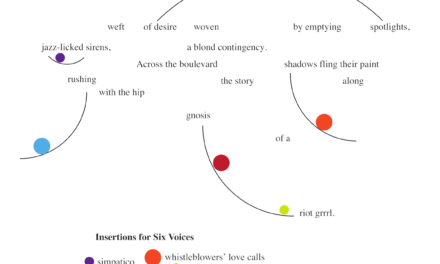Letter from the Editor
by Meera Velu
Issue 9: Alternate History
Socially distanced, still blanketed by wildfire smoke, and now three weeks from a presidential election, at Speculative City, we’ve been reflecting more on the state of the world. A question—one that holds infinite answers—has appeared often in our minds: How did we come to sit at this juncture in time?
In ode to such introspection, and in embrace of necessary fantasy at this moment, with the Fall 2020 issue, Speculative City presents works within the domain of alternate history.
Alternate history aims to disrupt historical narratives. Stories within the genre achieve a disruption either through reimagining a pivotal historical moment, such as an election, or by introducing a new element—say, dinosaurs in the Wild West—into the timeline. This divergence creates new realities and also restructures our recounting of the past, opening it to voices and perspectives that have been ignored or rejected.
When we spoke with Ginn Hale, author of The Long Past and Other Stories, on her motivations for writing alternate history, she stressed, “In reality, human history is and always will be rich and diverse. There’s no reason that the stories inspired by that history should be anything less.” The genre’s draw to both writers and readers rests in its power to reconcile and renegotiate recorded history.
While it may seem natural for alternate history stories to be plot driven and setting focused, the stories featured in this issue use the genre’s framework to highlight character. Instead of relying on one form of divergence, each story chooses a major war as the historic event to revise while also deftly incorporating magic into the world. The inclusion of magic forces setting to remain a vehicle for the protagonists; readers will follow characters’ development as they navigate through personal struggles situated in the new realities.
In “All of Us,” Kathleen Naytia has written a migration story where a father and daughter, seeking safety outside of the Confederate States of America, come up against hurdles both man-made and fantastical. Set in our current era, the most revelatory moment of this story comes at the point when the characters obtain relief.
With Sarah Parke’s “The French Disease,” the story goes back in time to visit its divergent event—the Battle of Salamanca within the Napoleonic wars. Here, the protagonist of the story, a solider and master of magic who had steered the definitive moment of the Battle, must confront and overcome guilt and shame over his role in the war. War, whether influenced by magic or not, will deeply impact a place and a people.
The issue’s fiction closes with Jesse Livingston’s piece “John Pierce’s introduction to A Critical Reading of The Glass Empire, with Annotations by Gordon Bishop,” which analyzes the alternate history genre itself. Through a quasi-academic exposition, Livingston, writing as John Pierce, develops an understanding of the genre as a vital tool to better understand and appreciate our present reality. This then brings us to “The Alt-history of King Kong,” a poem where Renoir Gaither weaves a familiar face through multiple timelines, positioning our pasts into one current.
Alternate history’s intention falls neatly into the very nature of speculative fiction: to imagine transformed worlds. With that, we leave you to venture into new times.
And don’t stop speculating!




